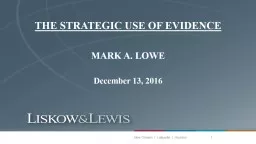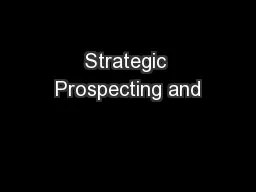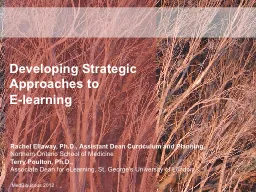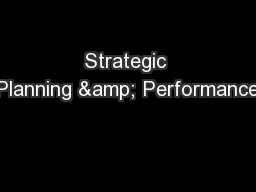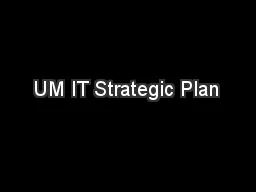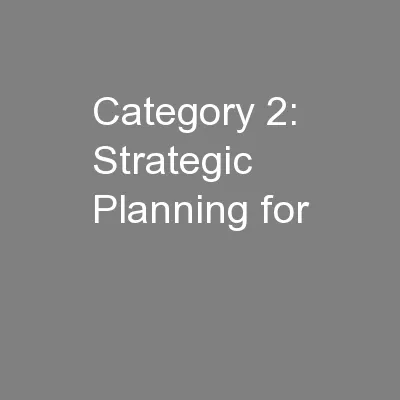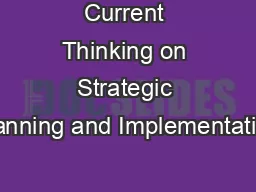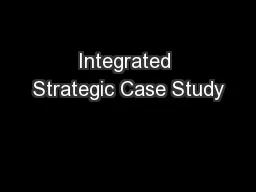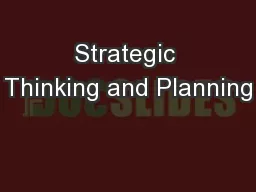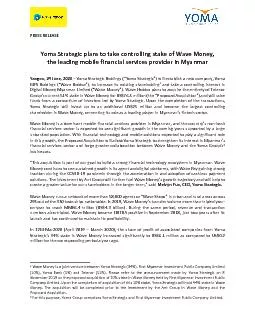PPT-THE STRATEGIC USE OF EVIDENCE
Author : tatyana-admore | Published Date : 2018-10-04
MARK A LOWE December 13 2016 I Introduction Afraid to go to trial dont be be prepared to make appropriate objections but do not overuse themneed to pick your best
Presentation Embed Code
Download Presentation
Download Presentation The PPT/PDF document "THE STRATEGIC USE OF EVIDENCE" is the property of its rightful owner. Permission is granted to download and print the materials on this website for personal, non-commercial use only, and to display it on your personal computer provided you do not modify the materials and that you retain all copyright notices contained in the materials. By downloading content from our website, you accept the terms of this agreement.
THE STRATEGIC USE OF EVIDENCE: Transcript
Download Rules Of Document
"THE STRATEGIC USE OF EVIDENCE"The content belongs to its owner. You may download and print it for personal use, without modification, and keep all copyright notices. By downloading, you agree to these terms.
Related Documents

